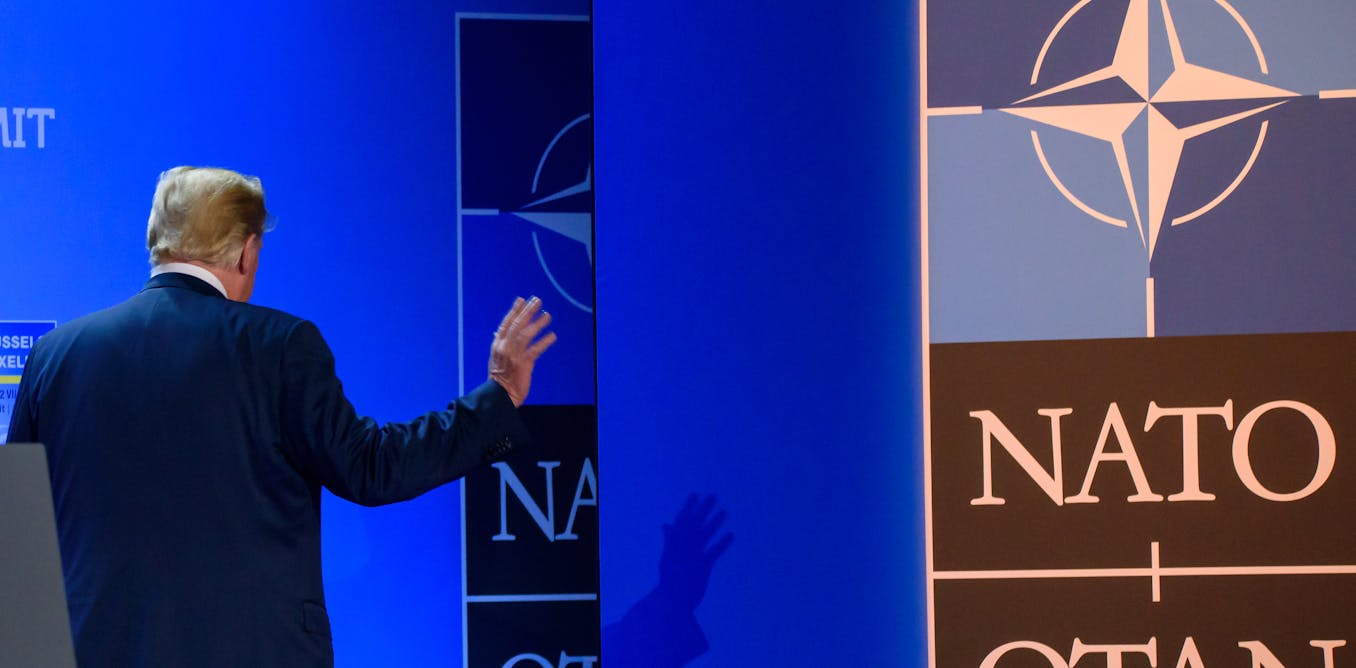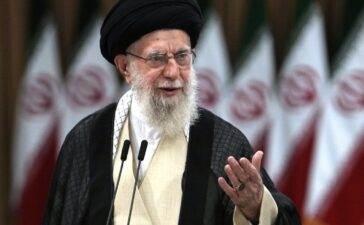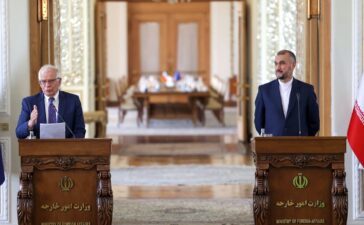By Stefan Wolff, Professor of International Security, University of Birmingham
A single session reduces the risk of Trump walking away from the summit early, as he did at the G7 leaders meeting in Kananaskis, Canada, on June 16.
The single item remaining on the agenda is Nato members’ new commitment to increase defence spending to 5% of GDP by 2035. This is meant to placate Trump who demanded such an increase even before his inauguration in January 2025.
Trump has frequently complained, and not without justification, that European members of the alliance invested too little in their defence and were over-reliant on the US. A draft summit declaration confirming the new spending target has now been approved after Spain secured an opt-out.
Even accounting for Trump’s notorious unpredictability, this should ensure that Nato will survive the Hague summit intact. What is less clear is whether Nato’s members can rise to the unprecedented challenges that the alliance is facing.
These challenges look different from each of the member states’ 32 capitals. But, for 31 of them, the continued survival of the alliance as an effective security provider is an existential question. Put simply, they need the US, while the US doesn’t necessarily need to be part of the alliance.
The capability deficit that Canada and European member states have compared to the US was thrown into stark relief by Washington’s airstrikes against Iran. This is not simply a question of increasing manpower and to equip troops to fight. European states also lack most of the so-called critical enablers, the military hardware and technology required to prevail in a potential war with Russia.
This includes, among other things, intelligence capabilities, heavy-lift aircraft to quickly move troops and equipment and command and control structures that have traditionally been provided by US forces. These will take significant time and resources to replace.
For now, Russia is tied down in Ukraine, which will buy time. And the 5%-commitment – even if not all member states will get there quickly or at all – is likely to go some way towards to mobilise the necessary resources for beefing up Europe’s defences. But time and resources are not limitless. And is not yet clear what the American commitment to Europe will be in the future and when and how it will be reduced.
A new type of war
Nor is it completely obvious what kind of war Europe should prepare for. Russia’s aggression against Ukraine is both a very traditional war of attrition and a very modern technological showdown.
A future confrontation with the Kremlin is initially likely to take the form of a “grey-zone” conflict, a state of affairs between war and peace in which acts of aggression happen but are difficult to attribute unambiguously and to respond to proportionately.
This has arguably already started with Russian attacks on critical infrastructure. And as the example of Ukraine illustrates, grey-zone conflicts have the potential to escalate to conventional war.
In February 2022, Russia saw an opportunity to pull Ukraine back into its zone of influence by brute force after and launched a full-scale invasion, hoping to capture Kyiv in a matter of a few days. This turned out to be a gross misjudgement on the Kremlin’s part. And three years on from that, if frequent Russian threats are to be believed, the possibility of a nuclear escalation can no longer be ruled out either.
Key members of the alliance are unequivocal in their assessment of Russia as an existential threat to Europe. This much has been made clear in both the UK’s strategic defence review and the recent strategy paper for the German armed forces.
Yet, this is not a view unanimously shared. Trump’s pro-Putin leanings date back to their now infamous meeting in Helsinki when he sided with the Russian president against his own intelligence services.
In Europe, long-term Putin supporters Victor OrbanOrbán and Robert Fico, the prime ministers of EU and Nato members Hungary and Slovakia, have just announced that they will not support additional EU sanctions against Russia.
Hungary and Slovakia are hardly defence heavyweights, but they wield outsized institutional power. Their ability to veto decisions can disrupt nascent European efforts both within the EU and Nato to rise to dual challenge of an increasingly existential threat to Europe from Russia and American retrenchment from its 80-year commitment to securing Europe against just that threat.
What will, and more importantly what will not, happen at the Nato summit in The Hague will probably be looked back on as another chapter in the remaking of the international order and the European security architecture. A Nato agreement on increased defence spending should be enough to give the organisation another lease of life. But the implicit inability to agree on what is the main threat the alliance needs to defend itself against is likely to put a short expiration date on that.
This article written by Stefan Wolff, Professor of International Security, University of Birmingham and is republished from The Conversation under a Creative Commons license. Read the original article.




